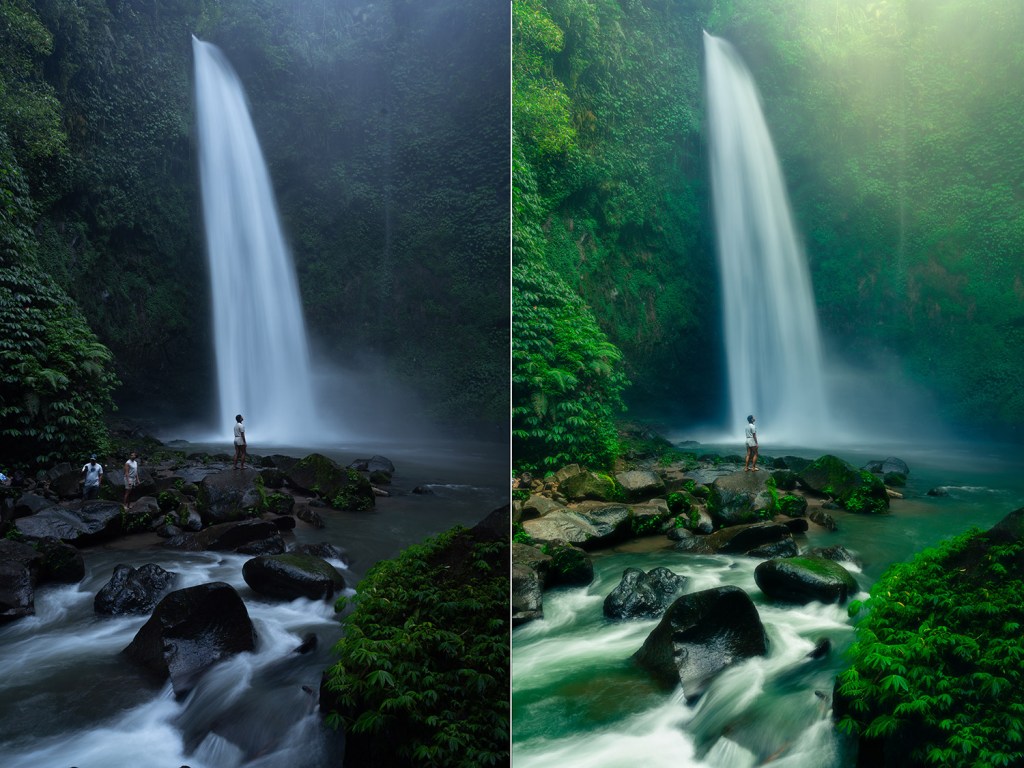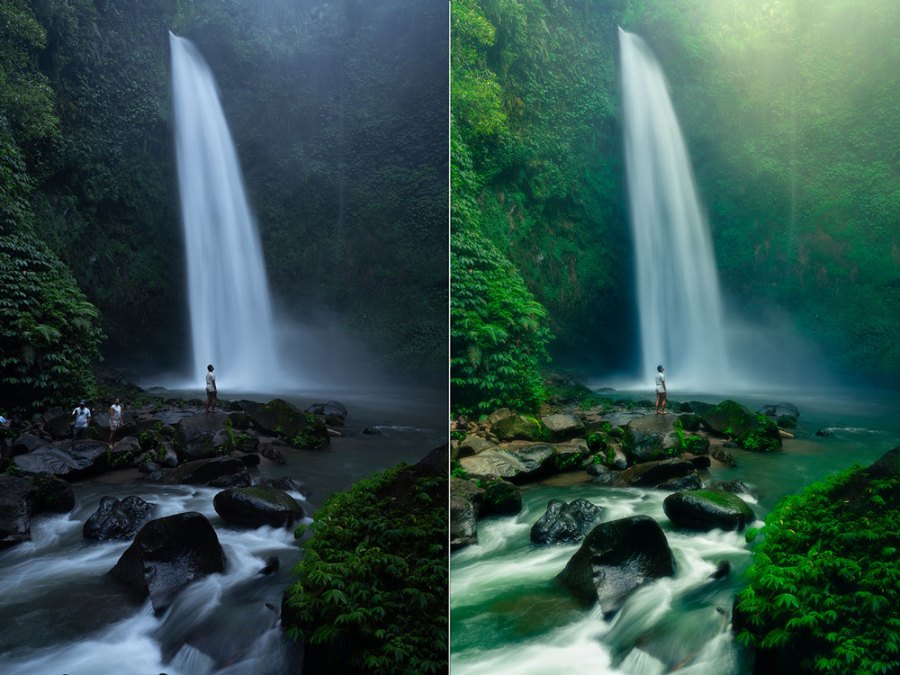If you want to improve your photography, you must learn and invest time in photo editing and post-processing your images.
I have been capturing landscapes, street scenes, and portraits for more than a decade now. Although my photos often appear “perfect” on the camera screen during shoots, there are many instances when I am disappointed after viewing them in Adobe Lightroom for editing. There are the obvious reasons for post-processing that need little elaboration, more than saying it is an essential part of the creative process to edit one’s flat raw images. This process is art requiring tender loving care, and it transforms snapshots into experiential images.
However, I want to touch upon another benefit of learning these skills that is more overarching than just the images you work on.
Today, for example, I have just returned from a photoshoot and noticed, to my frustration, a rookie compositional mistake on my screen at the hotel. While my subject was carefully placed in front of the waterfall, my high vantage point resulted in only her upper body being silhouetted against the smooth, glistening white water, but her legs blended into the darkness of the rock beneath her. A lower tripod angle could have avoided this. It is only in the very post-processing that I realised my mistake while shooting.
So, we can see here how one’s deficiencies in shooting are highlighted by the methodical and mindful process of editing and examining one’s work in detail during the editing process.

The very process of scrolling through your images and critically evaluating them draws attention to the camera settings and techniques employed – whether it be filters, focus, sharpness, or composition, which then provides negative feedback from which one learns to improve.
I realised that post-processing is in fact “reverse engineering” and a critical aspect of photography that teaches us valuable lessons, providing insight into our shooting process.
Editing is naturally where the pros shine. Even when they capture images without any seeming flaws, they are methodical and careful with their post-processing. The amateurs, by contrast, spend the least amount of time editing, rushing to upload to social media, missing their photos’ true potential.
I recommend three measures to improve your post-processing:
- Firstly, practice, practice, practice – to improve your compositional and camera techniques while shooting.
- Secondly, invest in a high-quality monitor and a PC with specifications that meet the requirements of the photo editing software you will be using.
- Thirdly and importantly, upskill yourself with tutorials from professionals and learn how they edit.
The first question beginners usually ask after my workshops is, “So what camera should I buy?” Discussions further revolve around the choice of lenses, but no one asks about editing software or the editing process itself. It is my job as their teacher to emphasise the profound power of editing, without which one will never achieve truly great images, both through the editing process itself and through the learning curve for taking better photos.
So don’t be afraid to embrace the journey of post-processing. It’s a game changer.
The views expressed in this column are not necessarily those of Amateur Photographer magazine or Kelsey Media Limited. If you have an opinion you’d like to share on this topic, or any other photography related subject, email: [email protected]







